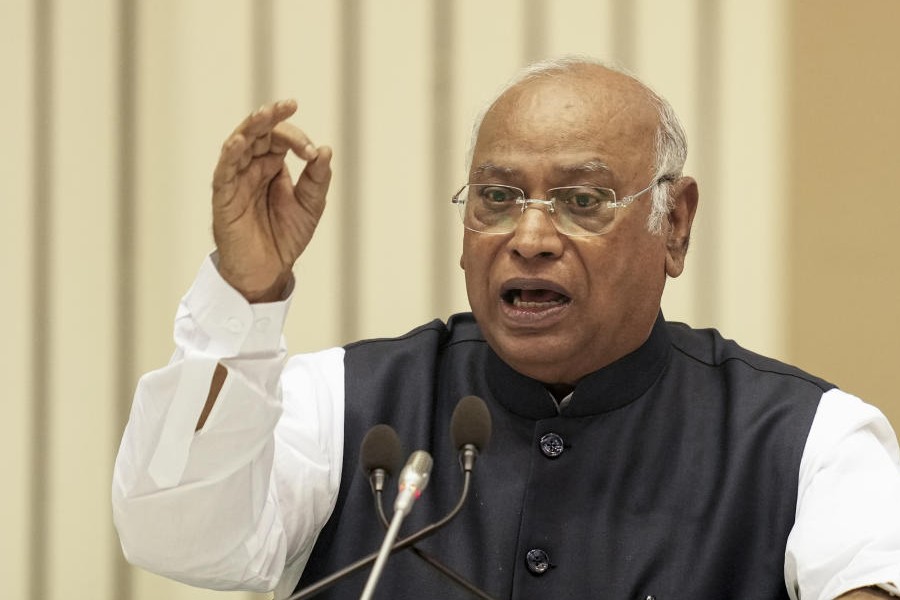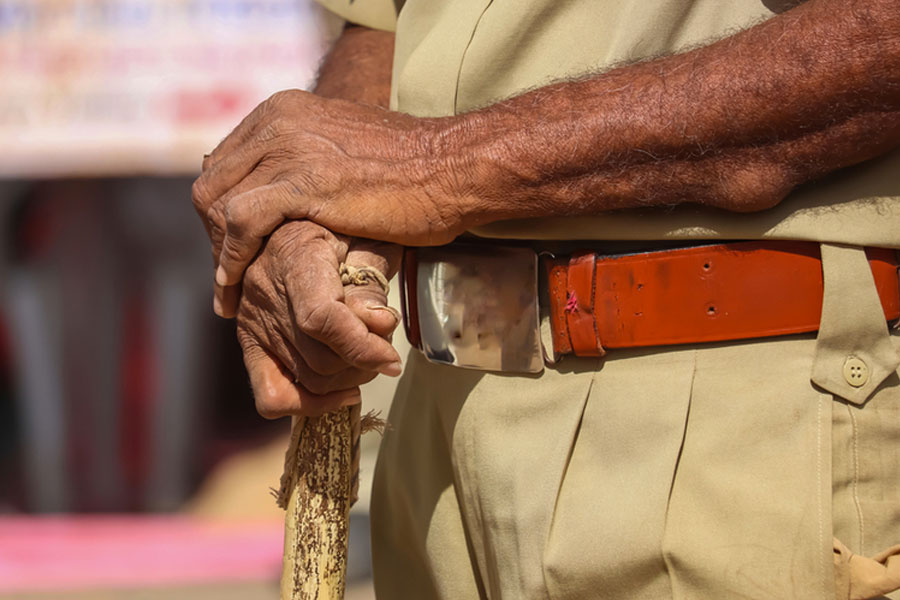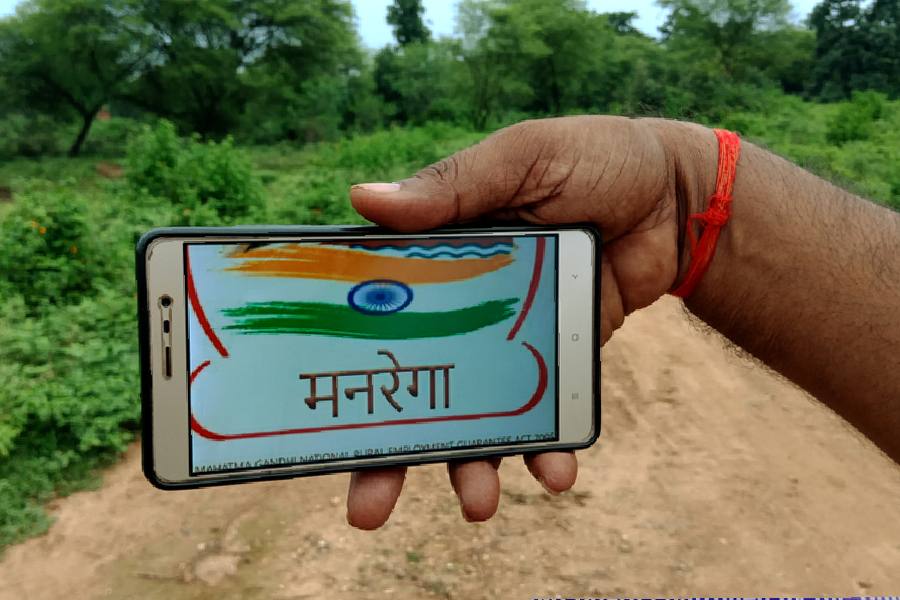 |
 |
 |
 |
| (From top) The fossilised skull of the Minotaurasaurus ramachandrani photographed from two angles; a sketch of the skull and Ramachandran |
New Delhi, Jan. 11: US palaeontologists have pitched a previously unknown dinosaur equipped with body armour, a dragon-like snout and horns into the league of extinct reptiles with an Indian name.
The scientists from the North American Museum of Ancient Life in Lehi, Utah, have pronounced a fossil skull from the Gobi desert as a new species of plant-eating dinosaurs and named it Minotaurasaurus ramachandrani.
Palaeontologist Clifford Miles, who examined the skull in detail, named it after Indian-born neuroscientist Vilayanur S. Ramachandran who had purchased it from a Japanese fossil collector several years ago.
Ramachandran, at the University of California, San Diego, is himself now studying the skull to understand the evolution of the brain in ancient creatures.
Clifford Miles and co-author Clark J. Miles have proposed that the 30cm-long skull represents a new dinosaur that grew to about four metres in length from a family of extinct reptiles called ankylosaurs whose fossils have been reported from Mongolia and China.
“It is the most complete and preserved ankylosaur skull known,” Ramachandran said. The skull’s features suggest it comes from a period geologists call the late Cretaceous — about 70 million years ago.
The examination of the skull suggests that this dinosaur had more ornamental features on its face than any known member of its family, the palaeontologists said in a research report published today in the journal Current Science.
“It has an elaborate labyrinth of nostrils,” Ramachandran told The Telegraph. “We’re now imaging the skull to map out the internal structure of the chambers. We believe this (is a) unique system that evolved as a cooling system,” he said.
Palaeontologists in India said the Minotaurasaurus ramachandrani — if validated as a distinct species — would be the latest among dinosaurs with an Indian element in their name tags.
These include Barapasaurus tagorie and Kotasaurus yamanapalliensis, leaf-eating herbivores from about 160 million years ago whose fossils were discovered in Andhra Pradesh, and Rajasaurus narmadensis, a carnivore from Gujarat’s Kheda district, that lived about 66 million years ago.
But Indian palaeontologists cautioned that the position of the new dinosaur on the evolutionary tree of extinct reptiles would remain unclear as long as the geological origin of the fossil was unknown.
“We have to know a fossil’s geological age and place of origin to fix its position on the evolutionary tree,” said Guntupalli Prasad, a palaeontologist at the Indian Institute of Science Education and Research, Calcutta.
“It may be a great specimen, but a fossil has to be tied to a geological age,” said Ashok Sahni, a leading Indian palaeontologist and dinosaur specialist from Panjab University, Chandigarh.
The US palaeontologists have admitted that the exact origin of the skull remains unknown, but the material around the specimen points to a location somewhere in the Gobi desert either in Mongolia or China.
The skull also shows a “blend of characters” observed in fossils of two other ankylosaurs called Saichania and Pinacosaurus, both of which lived in the present-day Gobi desert about 80 million years ago.
Ramachandran had loaned the skull to the Victor Valley Museum in California where it was on display for nearly three years before the scientific analysis.










